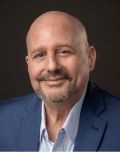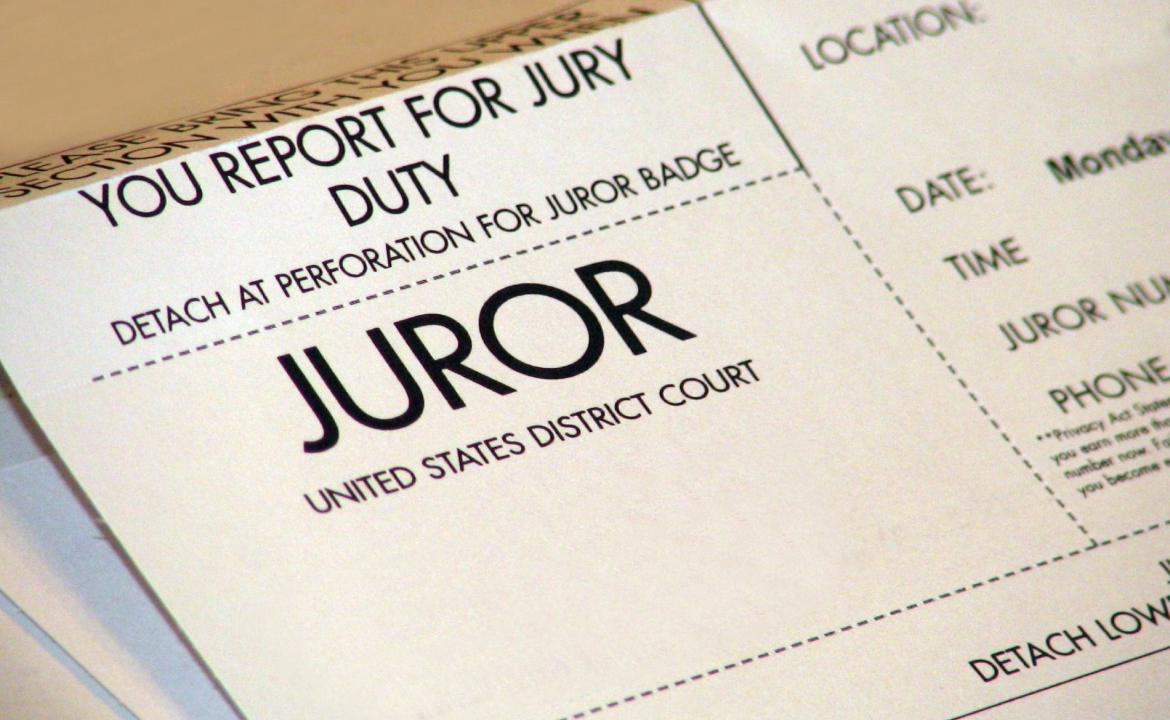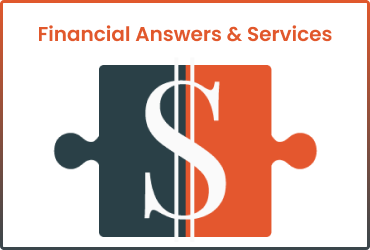This article covers the main stages of a criminal jury trial. You will learn how the different parts of the trial system function within the overall objective of obtaining a fair and just verdict.
Below, we summarize the major stages of a criminal jury trial, from jury selection to jury verdict and the defendant’s right to appeal.
Setting The Criminal Case For Jury Trial
Depending on the jurisdiction, if a plea bargain has not been reached by the post-indictment phase, the court will set the matter for trial.
Pretrial Motions
Before a jury is selected, the court will hear and consider the lawyer’s pre-trial motions. The pretrial hearing is the defense counsel’s opportunity to argue why specific evidence should be excluded from the trial.
This type of motion is based on the argument that the evidence was obtained illegally and violated the defendant’s constitutional rights.
The most common pretrial motions is to exclude warrantless police searches and seizures, which lack probable cause.
Another common motion to exclude is based on the police obtaining evidence through an illegally coerced confession, which usually results when the police fail to inform the defendant of their Miranda rights.
The judge will commence the jury selection process once the motions are heard and ruled on.
Jury Selection
Before the trial commences, the court will go through the process of selecting a jury.
Jury selection is the process by which both lawyers question each potential juror to determine whether they harbor biases or prejudices that prevent them from being fair and impartial as jurors.
Potential Jurors Must Speak the Truth
Jury selection is legally called voir dire, a French term that means, “to speak the truth.”
The jury selection process mandates that all potential jurors speak truthfully and candidly when questioned about their personal biases and prejudices concerning the matter before them.
For example, a juror who admits to being married to a police officer will need to be further questioned by the lawyers because the juror may hold a bias in favor of the police and against a criminal defendant.
Conversely, another potential juror might be biased against the police because of a past negative experience in which a police officer falsely accused the juror of committing a crime.
In both cases described above, the judge will determine if a particular juror can serve on the jury and be sufficiently impartial and unbiased. If not, the juror must be dismissed from serving on the jury for cause, and the next potential juror is rotated in and examined by the attorneys.
Challenges for Cause Verses Preemptory Challenges
The prosecutor and the defense lawyer share the right to dismiss a juror. Challenging a juror for cause (due to prejudice) differs from either side using one of their fixed numbers of peremptory challenges to dismiss a juror.
Preemptory challenges allow both sides to remove a prospective juror as a matter of right without establishing cause. Each side is usually allowed unlimited challenges for cause and a limited number (usually ten per side) of peremptory challenges, which do not require cause to remove a potential juror.
Once an attorney makes a challenge for cause, it is up to the judge to decide whether the potential juror is sufficiently unbiased to serve as a juror.
Opening Statement
Before the formal presentation of evidence, the prosecution and defense counsel will make their opening statements. Since the People carry the burden of proof in criminal cases, the prosecutor will give their opening statement first.
Opening statements are intended to provide the jurors with a road map of how the case will unfold and what the lawyers expect the evidence to show during the trial.
Opening statements should never be in the form of a persuasive argument.
Presentation of Evidence and Witness Examination
After the opening statements, the prosecution will begin their case in chief by presenting their respective evidence. The prosecution will call their first witness to the stand to be sworn in and examined. This is called direct examination.
Direct Examination
On direct examination, neither the prosecutor nor defense counsel can ask leading questions of witnesses. The questions of the witness must be fact-based, direct, and specific. Direct questioning cannot lead the witness through questions that imply a particular answer.
Authentication and Admission of Evidence
Direct examination is often the stage where the prosecutor (or the defense) asks their witness to identify particular objects, photos, or documents and then requests that the court enter them into evidence.
Cross-Examination
Once the prosecutor completes her direct examination of a witness, the defense attorney can cross-examine the witness.
The goal of the cross-examining attorney is to impeach the integrity of the witness and, if possible, supply the jury with reason to doubt the motive and credibility of the witness.
On cross-examination, witness testimony is almost always in the form of leading questions.
However, suppose the cross-examining attorney becomes excessively argumentative with the witness. In that case, the opposing attorney will object to the questioning as argumentative and harassing.
The judge will then decide to sustain or overrule the objection.
Redirect Examination
After the defense attorney cross-examines the witness, the prosecutor will again ask the witness questions. This is called redirect examination, and it is usually used to rehabilitate the witness’s credibility and clear up any confusion that may have been caused by the defense counsel’s cross-examination of the witness.
Once direct examination, cross-examination, and redirecting of all the prosecution’s witnesses, the prosecutor can rest and reserve the right to call rebuttal witnesses depending on the defense’s witnesses in their case-in-chief.
The defense then repeats the witness examination process by calling defense witnesses on direct examination, and the prosecutor will then have the right to cross-examine the defense witness.
The defense will then have the right to examine their witness on redirect.
This direct, cross, and redirect examination cycle may occur multiple times depending on the court’s discretion.
Criminal Defendant – Constitutional Right Not to Testify
Unlike civil cases, the prosecutor in criminal cases cannot call the defendant for questioning if the defendant asserts their Fifth Amendment right against self-incrimination.
No mention or innuendo regarding the defendant not testifying at trial is allowed.
If the prosecution even hints at the defendant’s choice not to testify, the defense will have grounds to motion the court for a mistrial. At the very least, such prosecutorial misconduct can create an appealable issue for the defendant if convicted.
Types of Witnesses in Criminal Trials
Lay Witness (Including an Eyewitness)
A lay witness is a person who watches certain events and describes what they saw, heard, and perceived with their five senses. If the person witnessed essential facts such as the actual crime being committed, this person is usually referred to as an eyewitness.
Expert Witness
Expert witnesses are usually highly educated and have specialized knowledge and experience in a specific topic or field of study.
The purpose of the expert witness is to assist the jury in understanding particular types of concepts or processes that are generally considered outside the scope of most people’s everyday experience and knowledge. For example, a forensic expert witness testifies how the DNA evidence recovered at the crime scene matches the defendant’s DNA.
The science behind DNA testing is clearly outside the scope of most jurors.
Expert witnesses are the only kind of witnesses that may offer opinion testimony in a criminal case.
Expert testimony is permitted by the court so long as the attorney calling the expert witness can lay a proper foundation for such testimony, which requires the attorney to put on evidence that will persuasively demonstrate that the witness is indeed a qualified and recognized expert in the area about which the expert will testify.
Listen to Criminal Defense Attorney Stephen Gustitis Discuss Jury Selection In A Criminal Trial:
Character Witnesses
A character witness testifies as to personally knowing the character and personality of the defendant. However, any time the defense puts a character witness on the stand to attest to the defendant’s honesty and good character, the defense has put the defendant’s character at issue in the trial.
This defense tactic is fraught with danger because it invites the prosecution to put on a rebuttal witness testimony to show the defendant’s bad character.
For example, the defense puts on a character witness who claims to have known the defendant for years and knows this person’s character to be honest and trustworthy.
![]()
For example, by asking the character witness whether he knew the defendant had been convicted twice before for the same crime.
Closing Argument – Connecting the Dots
The closing argument is considered the most critical phase of the trial and is the phase in which most talented and successful trial attorneys excel. Strategically, this is when the attorney can connect the dots to shape the evidence into a compelling storyline of what happened in the case.
Usually, connecting the dots requires the attorney to selectively take one piece of witness testimony and connect it to another piece of witness testimony and, from that connection, infer a specific. Done successfully, it can provide the jury with an interpretation of the case that most favors their side.
For the defense attorney, this means convincing the jury that the prosecutor failed to carry her burden of proof and that the evidence presented by the prosecutor was fraught with reasonable doubt. Hence, the jury must vote to acquit the defendant as a matter of law.
Instructing the Jury, Deliberation, and Verdict
After both the prosecutor and defense lawyer have made their final arguments, the next step is for the judge to instruct the jury on the law and what they need to decide in their deliberations.
The jury will then retire to the jury room to deliberate and reach a verdict.
Most state jurisdictions require that a jury reach a unanimous verdict in criminal cases, whether guilty or not guilty.
Should the jury not reach a unanimous verdict, the court will likely declare the jury is officially hung and declare a mistrial.
A mistrial, especially from a split jury, will often resolve the case by a negotiated settlement or plea bargain. If the parties still can’t reach a plea bargain, the judge will set a new trial date for the case to be retried.
Should the defendant be found guilty, the defendant may appeal the verdict.
Appeal From Guilty Verdict
In a criminal trial, the defendant can appeal if found guilty at the trial level. To appeal the trial court’s findings, the defendant must file a written notice of appeal within thirty days of the decision; however, this deadline may vary from state to state.
The Defense Must File a Notice of Appeal
The written notice of appeal should be filed with the appellate court clerk in the jurisdiction where the conviction was entered. The defendant or their attorney should then review the record of the proceedings, including its transcript and all evidence entered at the trial.
Written Briefs Filed with Appellate Court
The defendant then has the opportunity to submit a written brief arguing the issues upon which they believe the trial court committed reversible error. The prosecution also has the opportunity to respond by filing their written brief. Deadlines for submitting the parties’ written briefs vary according to state law.
Possible Appellate Rulings
The parties may be permitted to argue the appeal before the appeals court. The Appellate Court can make the following findings:
Finds Reversible Error – Grants Defendant New Trial
![]()
![]()
Harmless Error – Verdict Stands – No New Trial
Sometimes the appellate court will find an error in the trial court’s ruling but conclude that the error was harmless. By concluding the error was harmless, the appellate was essentially ruling as a matter of law; the error was insufficient to have made a reasonable fact-finder conclude there was reasonable doubt about the defendant’s guilt.
Criminal Defense Lawyers
Should you have specific questions or require additional information about your legal rights, we strongly advise you to consult with a verified Criminal Defense Lawyer as soon as possible.p
Sources and References
Criminal Law Federal Statutes and Enforcement
American Bar Association – Criminal Law
Cornell Law Information Institute -Criminal Justice























